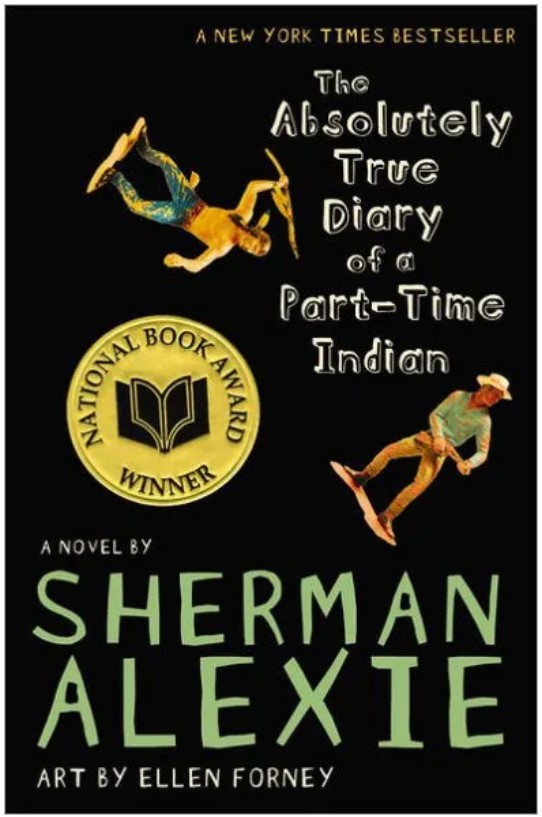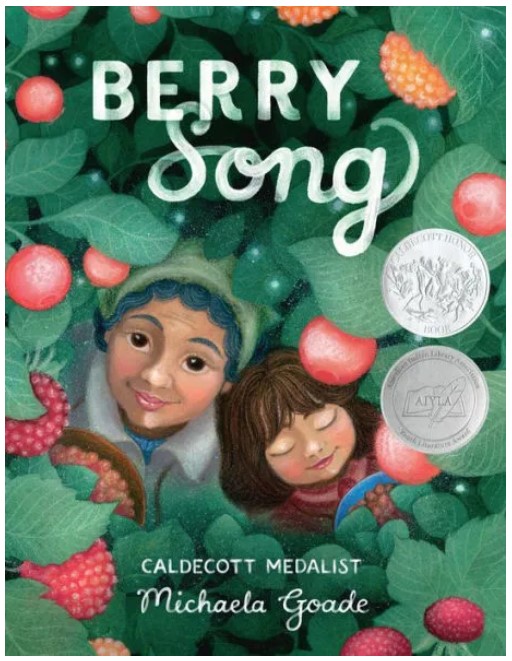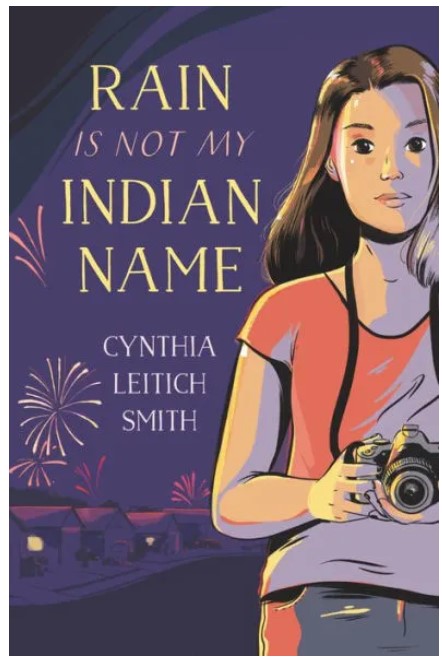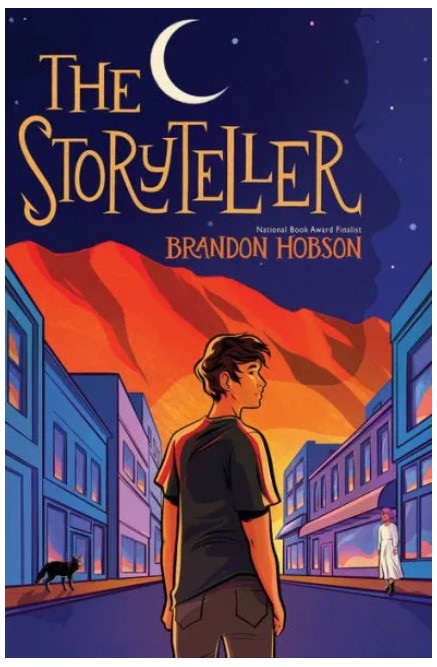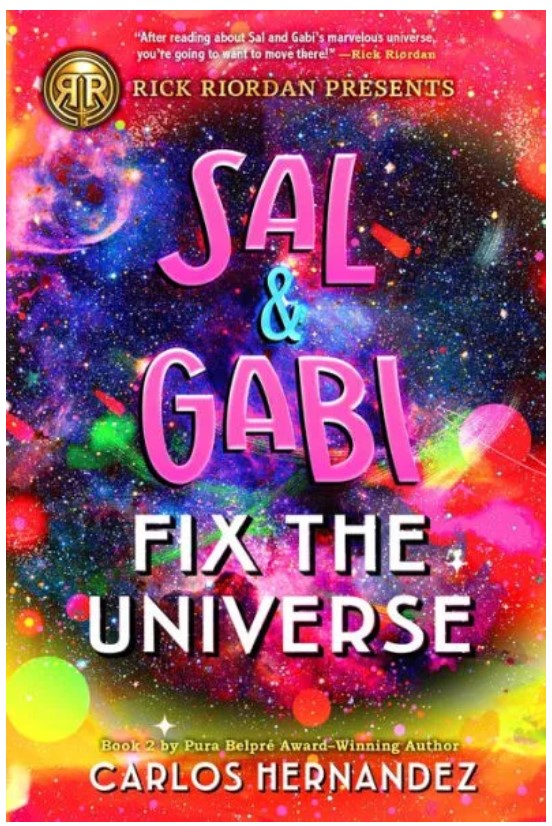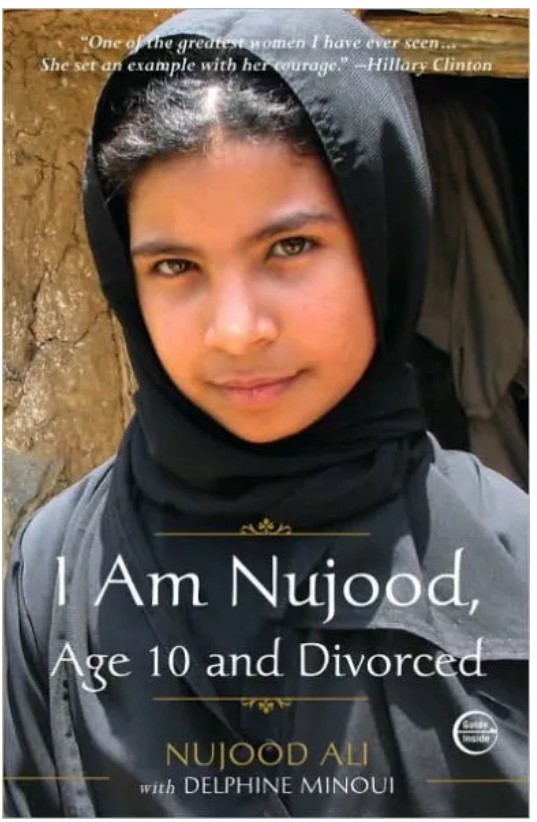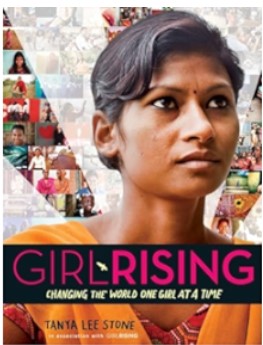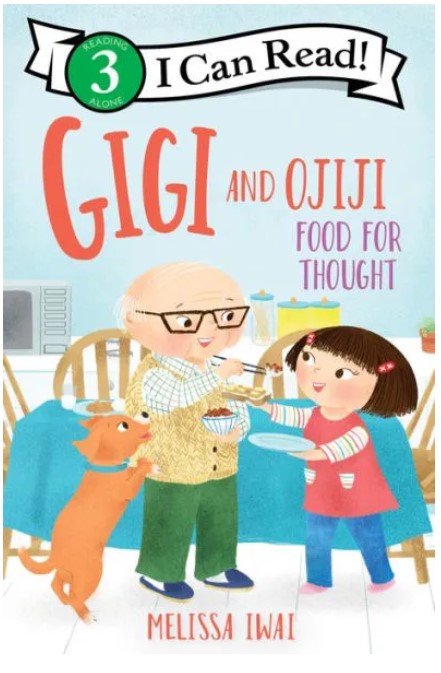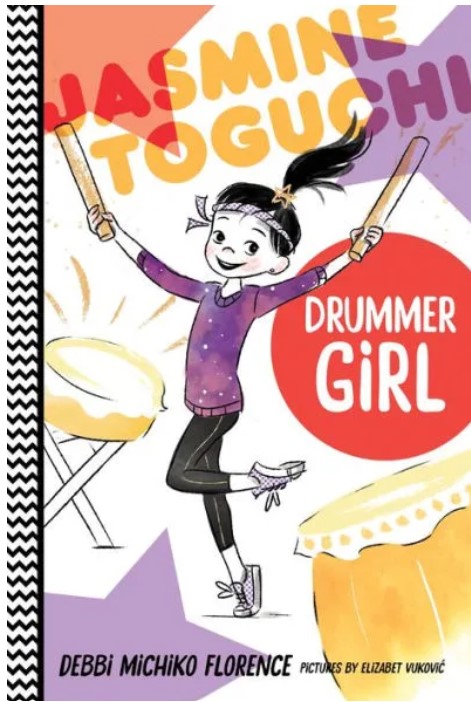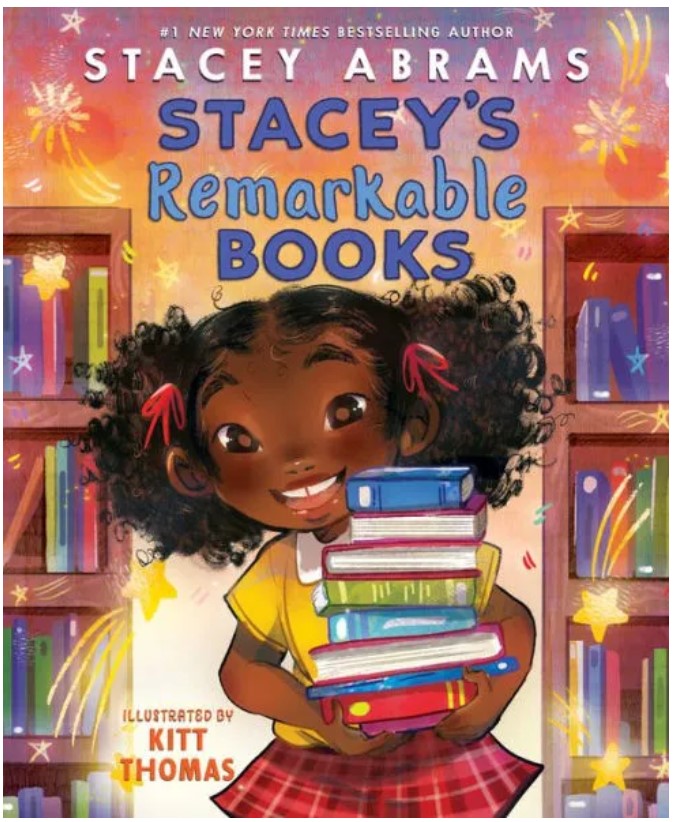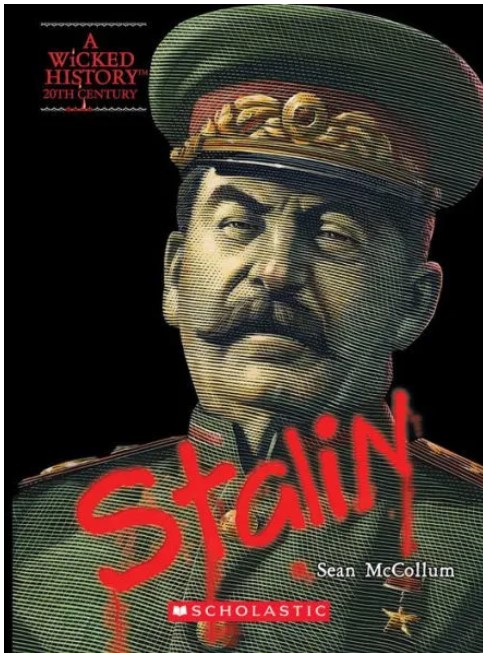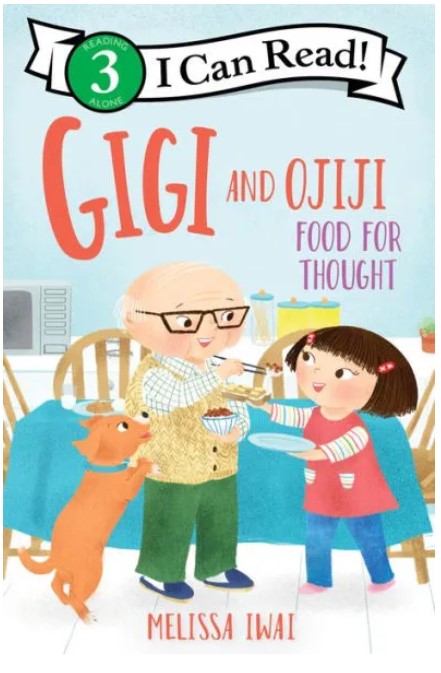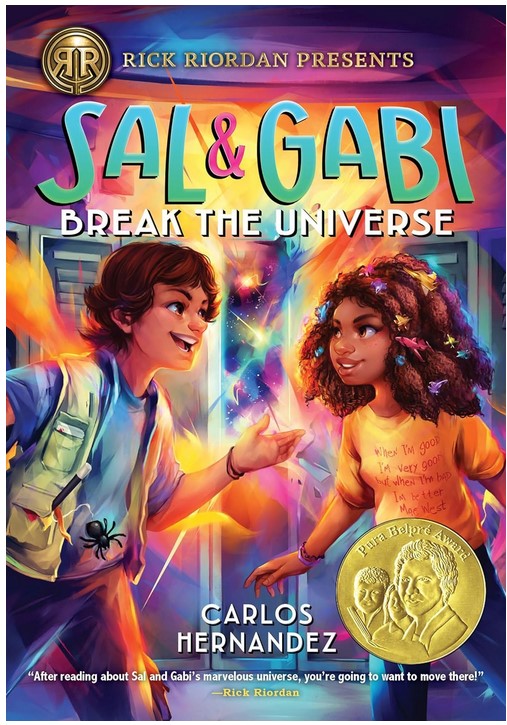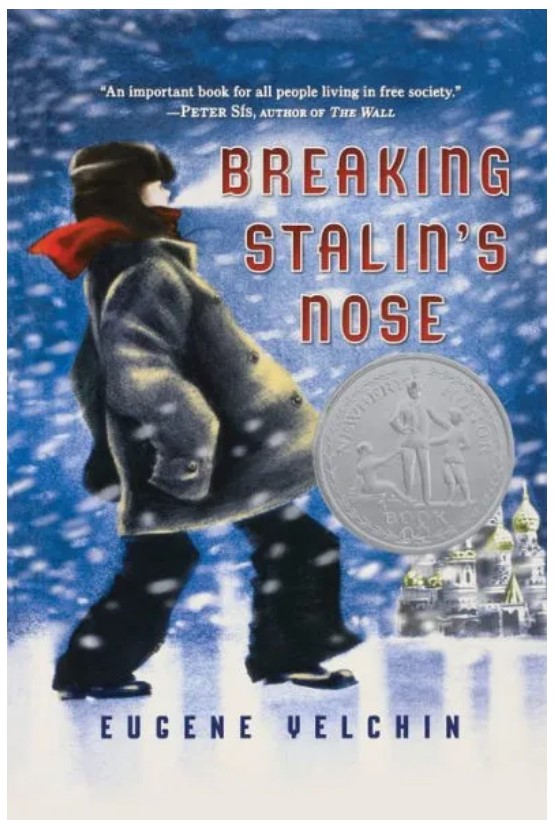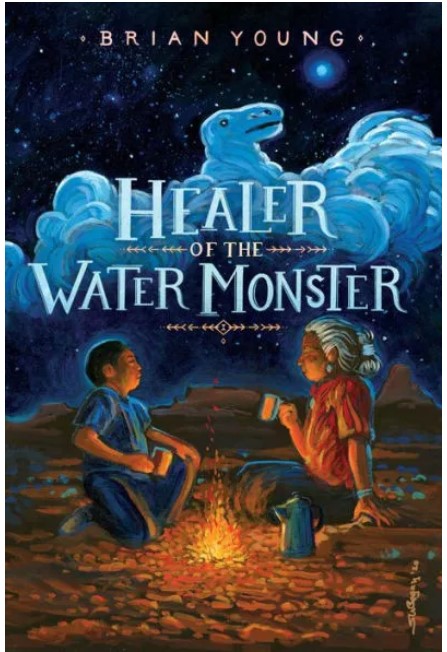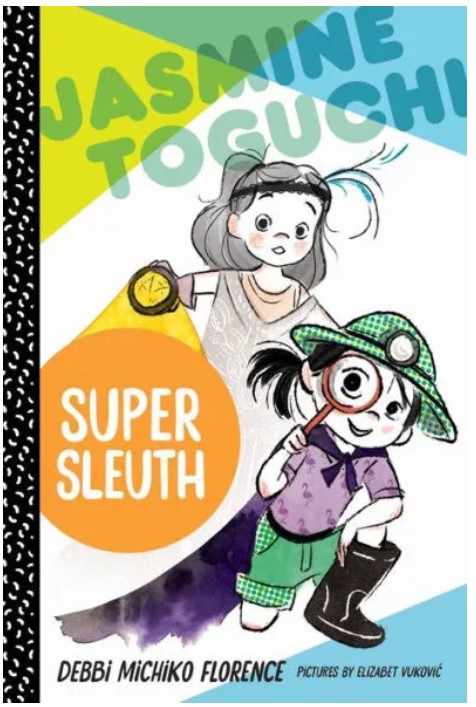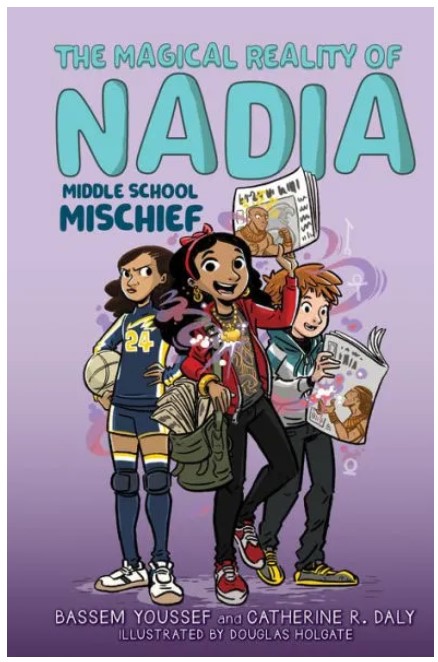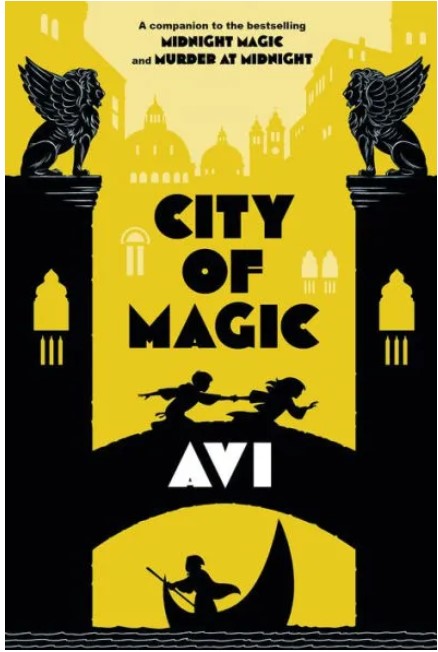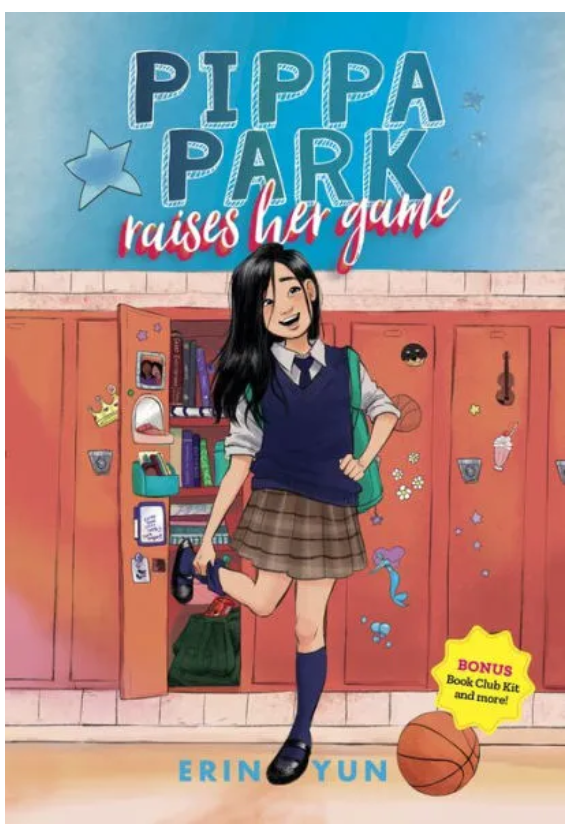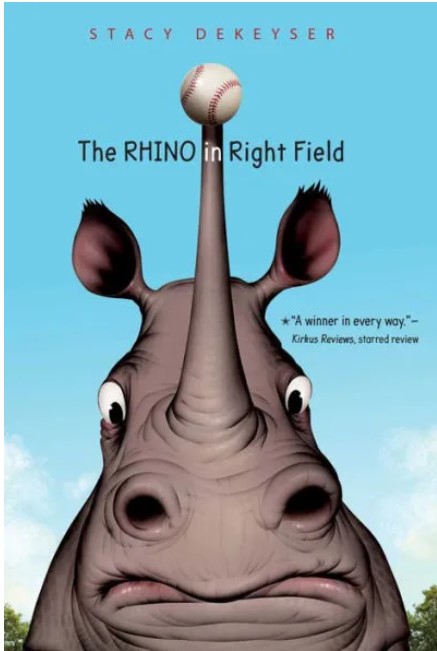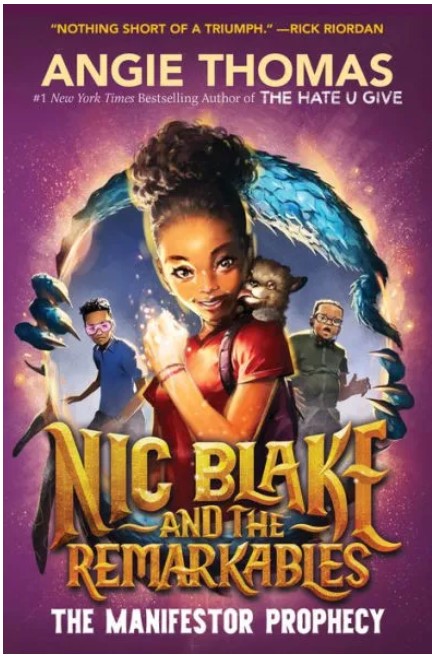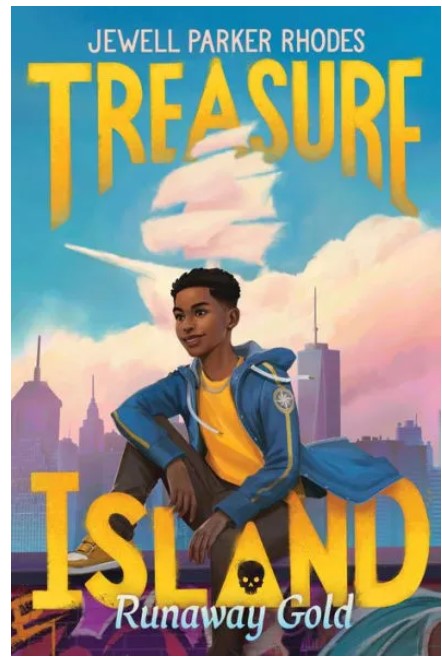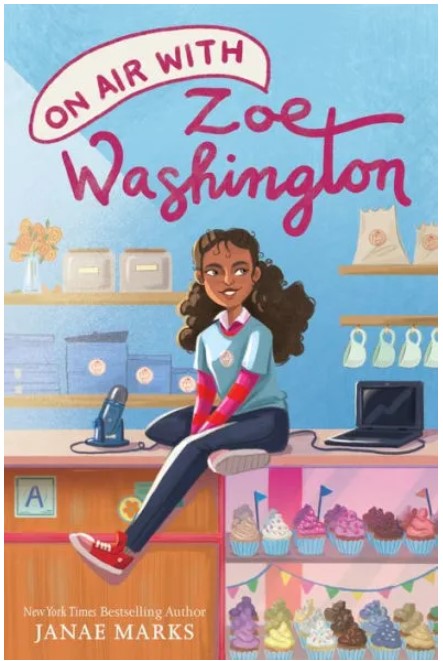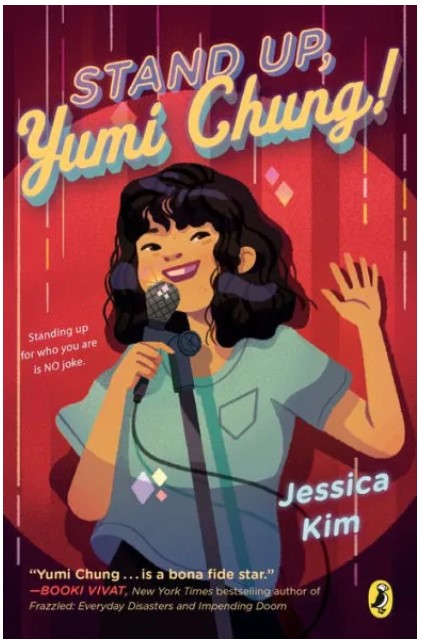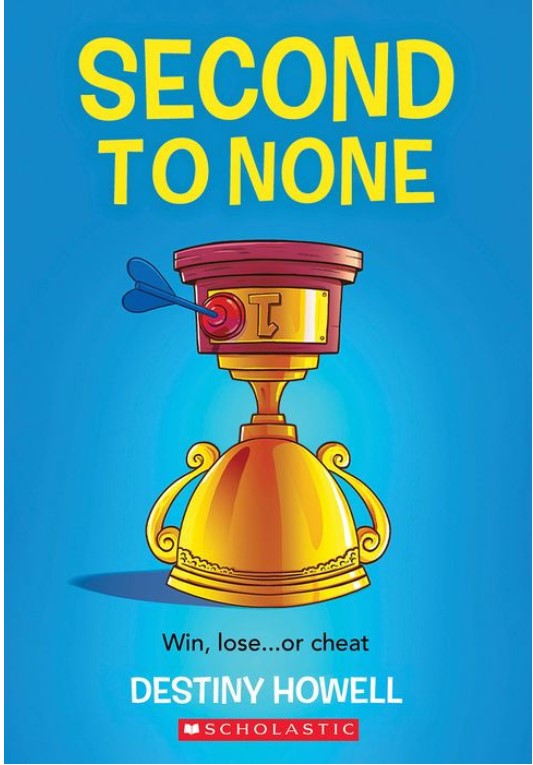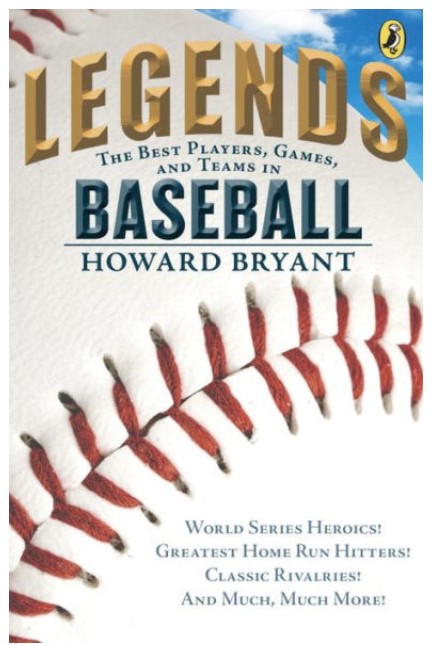Junior is a young Native American boy living on the Spokane reservation in Washington. He was born with hydrocephalus, a condition that leads to extra spinal fluid in his brain; he survived the surgery that removed the fluid but the disease left him with a lisp and a stutter, too many teeth, and uneven eyes. His best friend, Rowdy, protects him from bullies. But Rowdy has plenty of problems to deal with in his own life especially because poverty is felt in every corner of the reservation.
A few days into his freshman year, Junior gets suspended from high school due to an accident. He asks to be transferred to Rearden, the high school in the nearest all-white town. Junior’s teacher at his old school tells him that he is smart and has great potential, but he will never know what he can achieve trapped on the reservation. Junior’s parents agree, and soon Junior enters a new world, completely separate from the one he knew before. After a bit of a rocky start at Rearden—his new classmates have never met an indigenous person before, and aren’t quite sure what to make of him—he settles into a new routine. He makes friends and even joins the basketball team.
But Junior’s transfer to Rearden has made his home life even harder. The other families on the reservation feel betrayed, believing Junior has abandoned them by choosing to leave. Rowdy, too, is no longer on Junior’s side. In fact, Rowdy feels the most betrayed of all. Caught between two worlds and two identities, Junior has to decide where his real home is. Does he belong to the place and the people he has known all his life? Or does he belong in the place that offers more opportunities than he ever dreamed of, with no one of a similar background to him?
The Absolutely True Diary of a Part-Time Indian is a brilliant and moving coming-of-age story. It deals with complex themes such as identity, family dynamics, friendships, bullying, and death. Readers will enjoy getting to know Junior through his diary as he navigates growing up caught between two worlds. Because this novel is told in first person, readers can see inside Junior’s head, making him easy to sympathize with and relate to. Junior’s experience gives insight into what it means to grow up in two different cultures simultaneously and the difficulty that can arise in trying to reconcile them both.
Perhaps the most striking aspect of this novel is Alexie’s prose. The language is simple but always exact and precise enough to elicit just the right emotional response. Alexie has beautifully captured a teenage boy’s voice. Much of the novel reads as if it could be a direct conversation between Junior and the reader. The vivid language produces a captivating novel that readers will not be able to put down. Readers will think about The Absolutely True Diary of a Part-Time Indian long after they have closed the final page.
Overall, The Absolutely True Diary of a Part-Time Indian is a novel that every teenager should read growing up and revisit as an adult. It teaches readers to be kind to those different from them – just because they are different, does not mean they are any less human – and that it’s possible to make a home even in seemingly contradictory situations. The story’s themes of complex identity and loss can be universally felt; everyone who reads this book will find a bit of themselves in it, and will also be able to learn about an experience distinct from their own.
Sexual Content
- Junior talks about masturbation. “I spend hours in the bathroom with a magazine that has one thousand pictures of naked movie stars: naked woman + right hand = happy happy joy joy. Yep, that’s right, I admit I masturbate . . . And maybe you’re thinking, ‘Well, you really shouldn’t be talking about masturbation in public.’ Well, tough, I’m going to talk about it because EVERYBODY does it. And EVERYBODY likes it.”
- In the woods, Junior mentions that he loves trees, and Rowdy calls him a “tree fag” because he “likes to stick [his] dick inside knotholes.”
Violence
- Junior remembers how mad he was when his father had to put down the family dog, Oscar, because they couldn’t afford to go to the vet. “I wanted to punch my dad in the face. I wanted to punch him in the nose and make him bleed. I wanted to punch him in the eye and make him blind. I wanted to kick him in the balls and make him pass out. I was hot mad. Volcano mad. Tsunami mad.”
- Junior describes Rowdy’s rough home life. “His father is drinking hard and throwing hard punches, so Rowdy and his mother are always walking around with bruised and bloody faces.”
- Rowdy often gets into fights to defend himself and Junior. Rowdy “got into his first fistfight in kindergarten. He took on three first graders during a snowball fight because one of them had thrown a piece of ice. Rowdy punched them out pretty quickly. And then he punched the teacher who came to stop the fight. He didn’t hurt the teacher, not at all, but man, let me tell you, that teacher was angry.”
- Rowdy gets mad at Junior for laughing at him when he trips and stumbles into a minivan. “[Rowdy] shoved me to the ground and almost kicked me. He swung his leg at me, but pulled it back at the last second. I could tell he wanted to hurt me for laughing. But I am his friend, his best friend, his only friend. He couldn’t hurt me. So he grabbed a garbage sack filled with empty beer bottles and chucked it at the minivan. Glass broke everywhere. Then Rowdy grabbed a shovel that somebody had been using to dig barbecue holes and went after that van. Just beat the crap out of it.”
- Junior is suspended from school after throwing a book and accidentally hitting his teacher in the face. Junior “wanted to hit something when I threw that ancient book. But I didn’t want to hit somebody, and I certainly didn’t plan on breaking the nose of a mafioso math teacher.”
- Rowdy gets angry and hits Junior when he discovers that Junior is transferring to Rearden. “Bang! Rowdy punched me. Bang! I hit the ground. Bang! My nose bled like a firework.”
- Junior mentions that his dad’s best friend, Eugene, was “shot in the face in the parking lot of a 7-Eleven in Spokane. Very drunk, Eugene was shot and killed by one of his good friends, Bobby, who was too drunk to even remember pulling the trigger. The police think Eugene and Bobby fought over the last drink in a bottle of wine.”
Drugs and Alcohol
- Many adults on the reservation are alcoholics. Some, like Rowdy’s father, are violent as a result. Others, like Junior’s parents, are not. Junior says, “My mother and father are drunks, too, but they aren’t mean like [Rowdy’s father]. Not at all. They sometimes ignore me. Sometimes they yell at me. But they’ve never, ever, never, ever hit me.”
- Junior describes his dad’s best friend, Eugene, as “a good guy, and an uncle to me, but he was drunk all the time. Not stinky drunk, just drunk enough to be drunk. He was a funny and kind drunk, always wanting to laugh and hug you and sing songs and dance.”
- Junior’s grandmother is killed by a drunk driver. “She didn’t die right away. The reservation paramedics kept her alive long enough to get to the hospital in Spokane, but she died during emergency surgery.”
Language
- The words bastard, retard, ass, and fuck are used occasionally.
- The N word is used once
Supernatural
- None
Spiritual Content
- None
